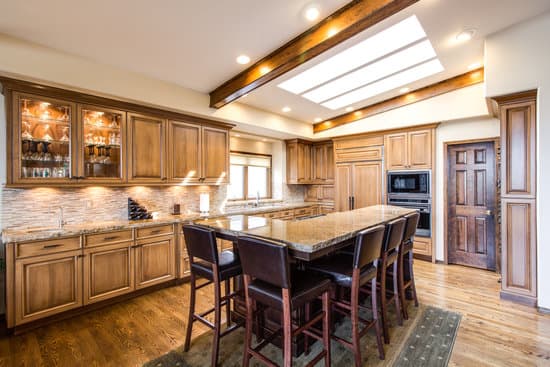Understanding the Golden Ratio in Home Theater Room Design
The Golden Ratio, also known as the Divine Proportion, is a mathematical principle that has been used in art, architecture, and design for centuries. It is a ratio that evokes a sense of balance, harmony, and natural beauty that is pleasing to the eye. When it comes to designing a home theater, the Golden Ratio can be used to create a space that is not only aesthetically pleasing but also acoustically optimized.How to Calculate the Golden Ratio for Your Home Theater
The ideal ratio for designing a home theater is generally referred to as H (Height) (Height) x 1.28H (Width) + 1.54H (Length/Depth). This formula takes into account the height of your room to determine the optimal width and depth for your home theater space. To calculate the Golden Ratio for your home theater, follow these steps: 1. Measure the height of your room from floor to ceiling. 2. Multiply the height by 1.28 to determine the width of your home theater. 3. Multiply the height by 1.54 to determine the length or depth of your home theater. For instance, if you have a room with a ceiling height of 10 feet, the optimal height and width would be 12.8ft and 15.4ft, respectively.Why the Golden Ratio Matters for the Ultimate Home Theater Experience
Following the Golden Ratio when designing your home theater can have a significant impact on the audio and visual quality of your space. By creating a balanced and proportional room, you can enhance the acoustics and reduce any potential distortion or reverberation. Additionally, the proper dimensions can also create a consistent and immersive viewing experience no matter where your seating is located.Tips on Applying the Golden Ratio to Your Home Theater Space
Here are some tips on how to apply the Golden Ratio to your home theater space: Use the right tools: There are plenty of online calculators and software programs that can help you calculate the Golden Ratio for your space and even generate 3D renderings of your room. Consider wall placement: Be mindful of the placement of your walls, as they can affect the acoustics of your theater. For example, avoiding parallel walls can help minimize any unwanted echo or resonance. Choose the right seating: The placement of your seating is just as important as the dimensions of your room. Consider using theater-style seating to optimize your viewing and sound experience. Use sound diffusers: To further enhance the audio quality of your space, consider using sound diffusers to break up any standing waves and improve clarity.Finding the Perfect Height for Your Home Theater Room
The height of your home theater room is one of the most critical considerations when calculating the Golden Ratio. However, finding the perfect height can be challenging, especially if you have low ceilings. Here are some tips on how to determine the height of your home theater room: Measure your furniture: Take into account the height of your furniture, particularly your entertainment center and speakers, when determining the height of your room. Consider soundproofing: Adding soundproofing material, such as insulation or acoustic panels, can take up additional height space. Opt for a lower ceiling: If you have low ceilings, you might consider opting for a lower ceiling in your home theater space.Adjusting Width and Depth to Meet Golden Ratio Requirements
While the height of your room is the most critical consideration, the width and depth of your space are also essential in creating a balanced and harmonious environment. Here are some tips on how to adjust your space to meet Golden Ratio requirements: Don’t sacrifice quality for size: It’s essential to remember that a smaller but proportional home theater space will often yield superior results than a larger but poorly designed one. Use angled walls: To optimize your room’s acoustics, consider using angled walls instead of straight ones. Angled walls can help break up sound waves and reduce dead zones.Interesting Read What Happens to Solar Power When the Sun Goes Down? Solutions for Nighttime Energy.



















